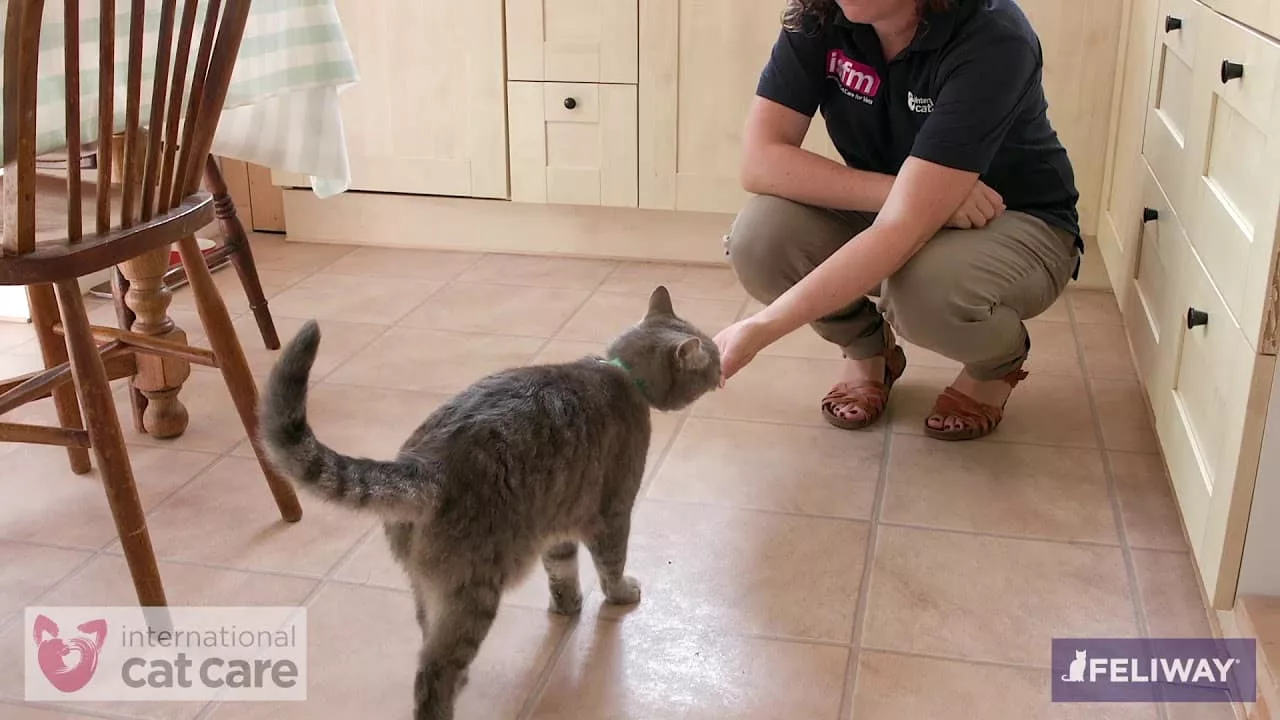0
Introduction:
As a cat lover, you may want to approach a cat and make a new feline friend. However, it’s important to understand that cats are complex creatures, with their own unique personalities and behavior. Approaching a cat the wrong way can lead to a negative experience for both you and the cat. In this article, we will discuss 10 great tips on how to approach a cat, so you can make a new feline friend in a safe and comfortable way.
Cats are territorial animals, and they have their own way of communicating through body language and vocalizations. Understanding a cat’s behavior and body language is essential when approaching them. It helps you to know the cat’s mood and avoid any negative reactions.
Approaching a cat can be a delicate process, but by following these tips, you can make a new feline friend in a safe and comfortable way. We will be discussing how to understand cat behavior, how to let the cat approach you, how to use a soft, calm voice, how to use slow movements, how to use treats and how to give the cat space, respect their boundaries, getting down to their level, and more.
All of these pointers will be thoroughly covered in this post so you can decide how to approach a cat in a way that will be agreeable to both of you.

